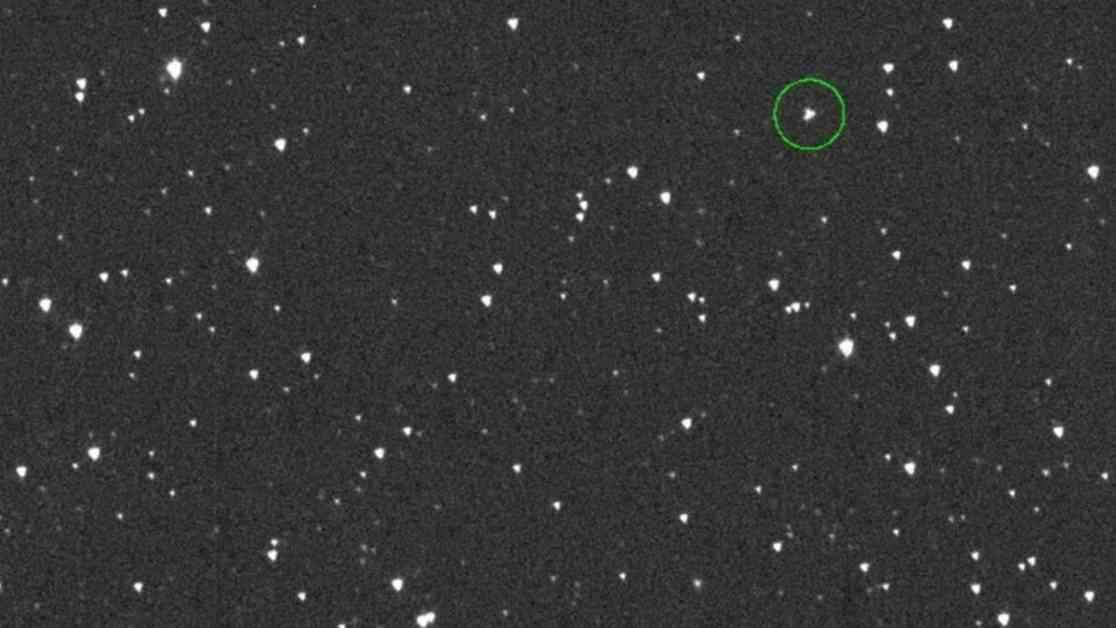The Changing Risk of Earth-Asteroid Collision in 2032
An asteroid measuring between 130 and 300 feet wide has recently garnered attention for its potential impact on Earth in the year 2032. This space rock, designated as 2024 YR4, has been the subject of fluctuating odds since its discovery almost two months ago. Initially, NASA estimated the probability of a collision at a concerning 3.1%, or 1 in 32, making it the first object to be classified as a Level 3 on the Torino scale. Developed by astronomer Richard Binzel nearly thirty years ago, this scale serves to communicate the risks posed by near-Earth asteroids and other celestial bodies to the general public.
Unraveling the Mystery of 2024 YR4
The Torino scale categorizes potential collision risks from 0 (no hazard) to 10 (certain collision), with the yellow zone signifying intermediate danger. The recent buzz surrounding asteroid 2024 YR4 has thrust this scale into the limelight, prompting Binzel to reflect on its inception. Aimed at enhancing public awareness of impact threats, the scale faced initial skepticism before gaining recognition following the discovery of asteroid 1997 XF11 in 1997. This incident underscored the need for a standardized system to convey uncertainty accurately and transparently, leading to the eventual adoption of the Torino scale in 1999.
NASA’s latest reassessment of 2024 YR4’s collision risk arose from enhanced observations facilitated by ground-based telescopes. By refining their models of the asteroid’s orbit, astronomers have been able to provide a more precise trajectory prediction for its potential close encounter with Earth on December 22, 2032. Despite the fluctuating probabilities, Binzel reassures that such variations are typical for near-Earth asteroids, likening the process to anticipating where a fly ball will land in a baseball game.
The Impact of the Torino Scale: Past and Present
The Torino scale not only assigns colors and numbers to risk levels but also outlines potential consequences and recommended actions based on the threat level. For instance, a Level 6 threat warrants critical attention due to the possibility of a global catastrophe, necessitating governmental contingency planning if the encounter is imminent. In contrast, a Level 3 threat signals a localized destruction risk, prompting public officials and the general population to stay vigilant if the collision is less than a decade away.
Despite briefly holding a Level 3 classification, 2024 YR4 marked several milestones, including being the sole asteroid above Level 1 and setting records for the highest impact probability and the longest duration with a probability exceeding 1%. Notably, the asteroid Apophis briefly claimed a Level 4 classification in 2004, with a 2.7% chance of Earth impact, making it the only comparable instance in the Torino scale’s history.
To witness the Torino scale in action brings a sense of fulfillment for Binzel, who conceived the system with the intent of enhancing public understanding and preparedness for asteroid threats. While acknowledging the scale’s utility, Binzel humbly credits its success to the collaborative efforts of the international astronomical community.
As experts continue to monitor the trajectory of 2024 YR4 and refine impact predictions, the Torino scale stands as a testament to humanity’s collective efforts in safeguarding Earth from potential cosmic threats.
This article was originally published on NBCNews.com and explores the evolving landscape of asteroid impact risks and the pivotal role of the Torino scale in promoting public safety and awareness.


